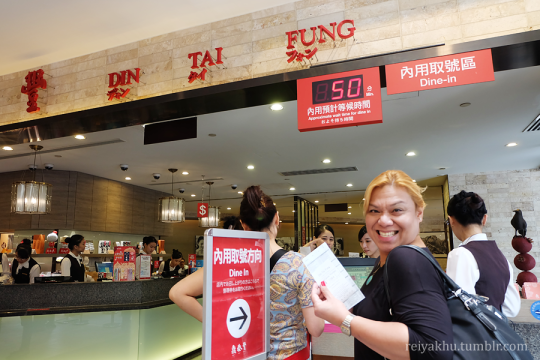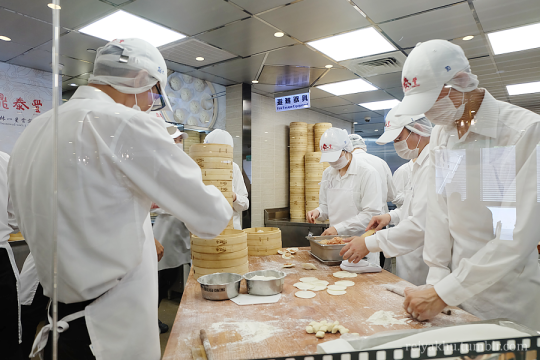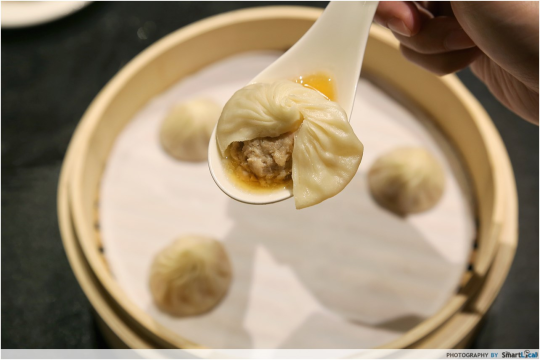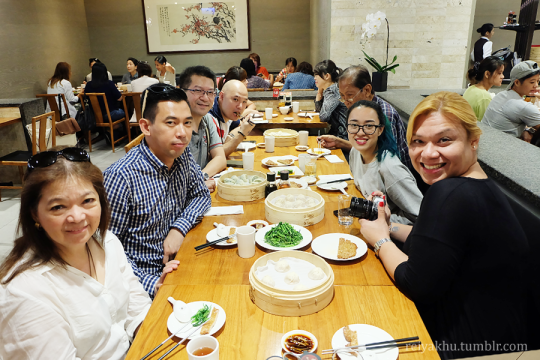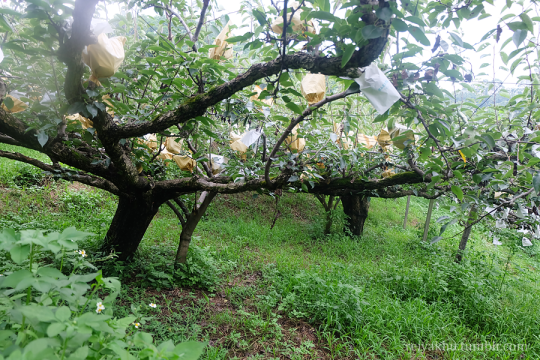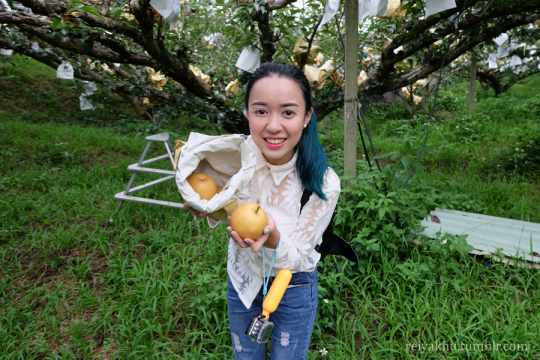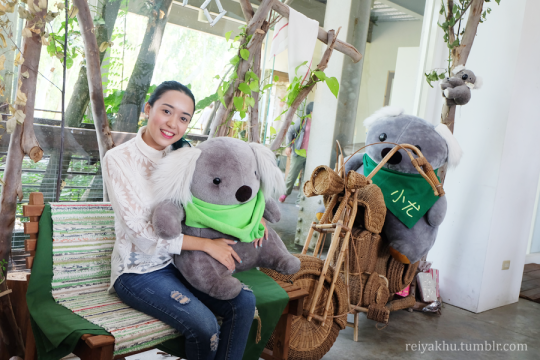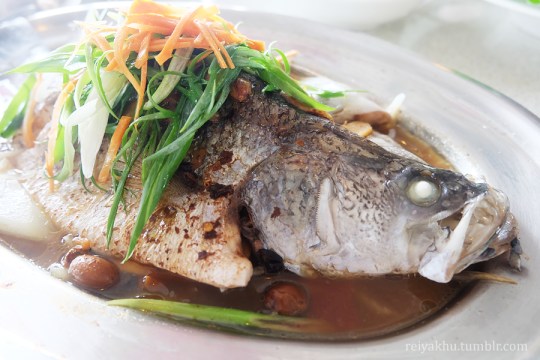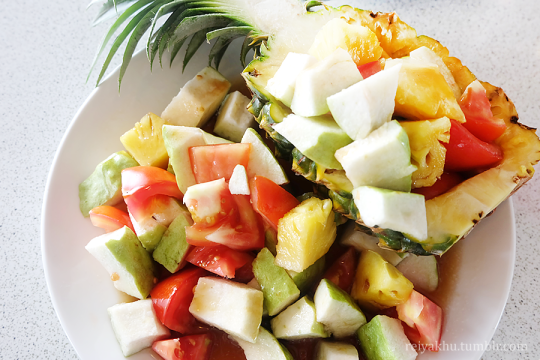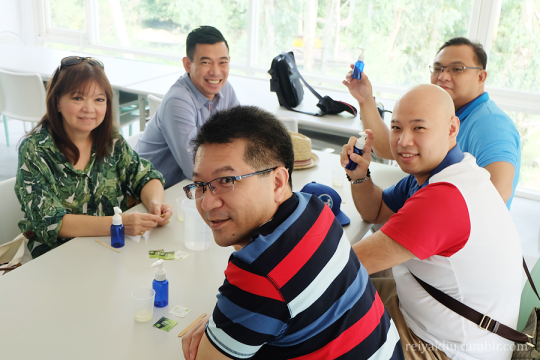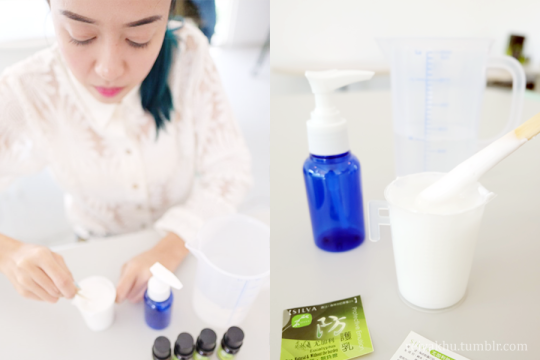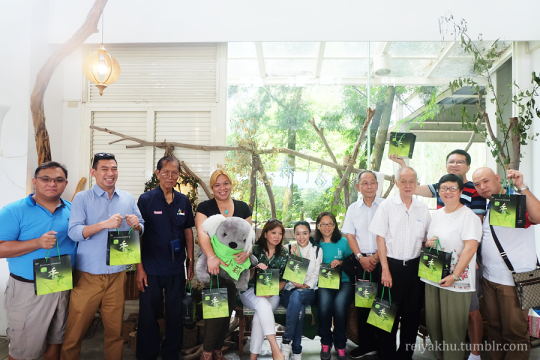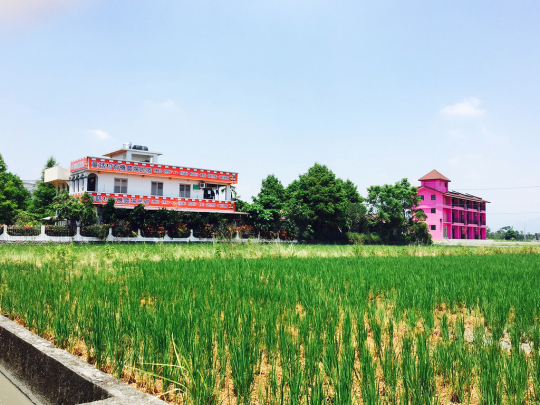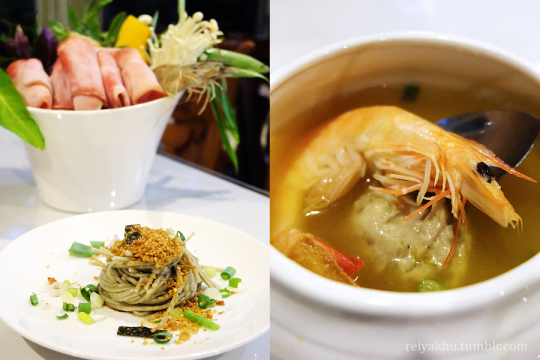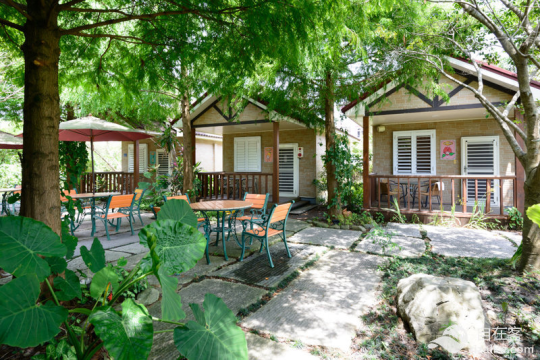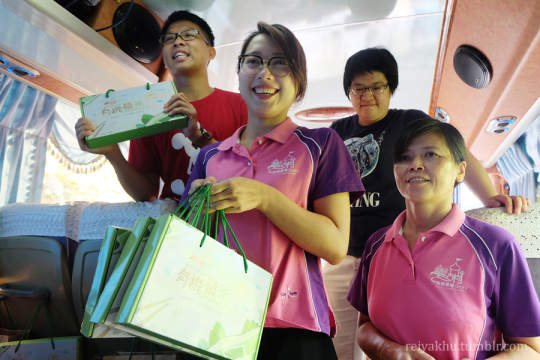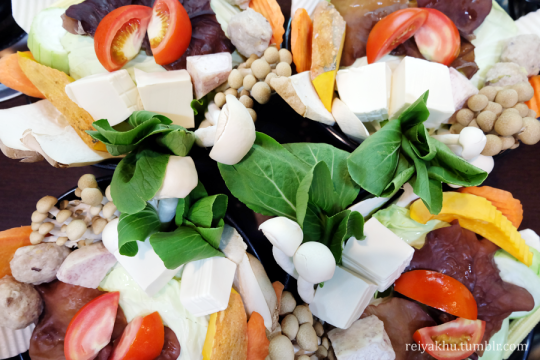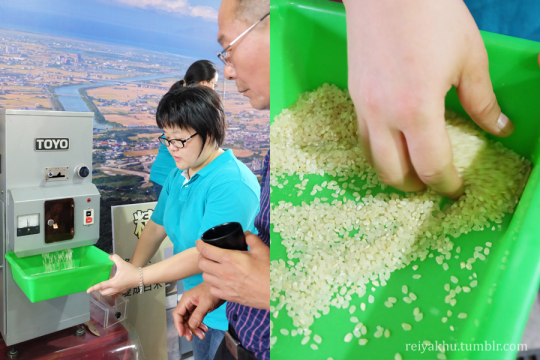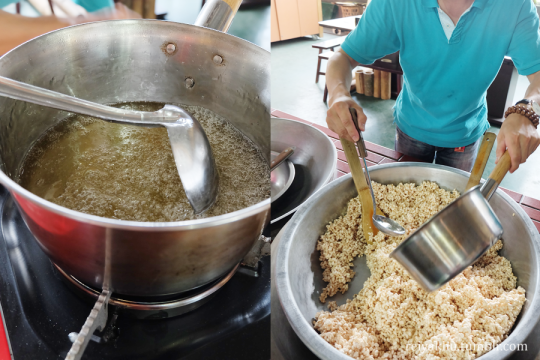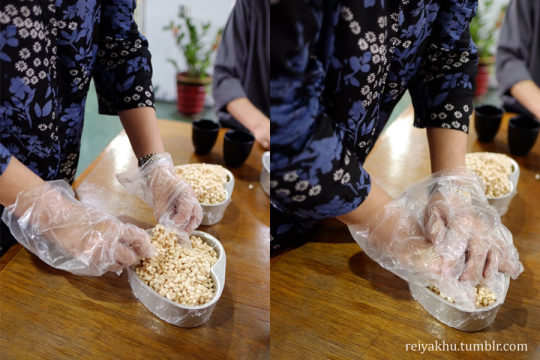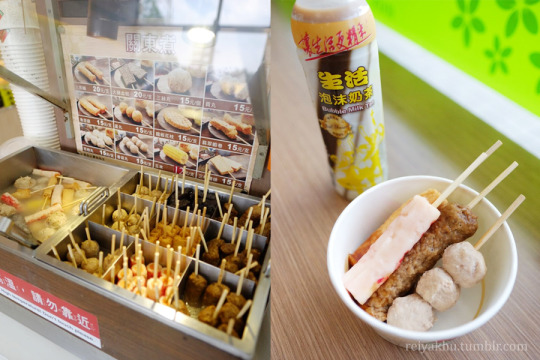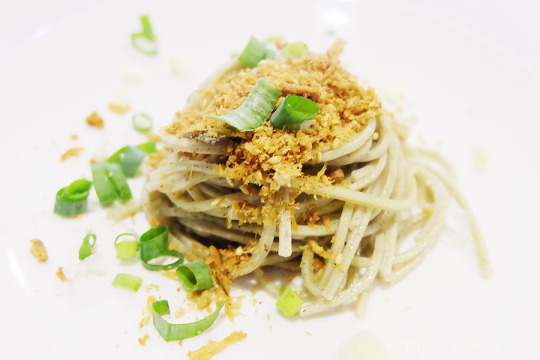
A tropical paradise wedged between the Sulu Sea and the Celebes Sea – Tawi-Tawi is a volcanic island group scattered at the southernmost tip of the Philippines. The pristine azure waters circling this secluded wonder is teeming with rich aquatic life which makes it an unforgettable diving spot for sea lovers. Although it is one of the most feared island provinces in the country due to the high threat of kidnapping and terrorism, it is home to congenial and peace-loving people whose unique and diverse cultural heritage, extending back to the 13th century, is still preserved up to this modern day. Tawi-Tawi is a promising tourist destination for those who dare to embark on a spellbinding adventure and explore all the delicious indigenous food they have to offer.
HOW TO GET THERE BY LAND
Bus transfers from any point in Mindanao via Iligan to Zamboanga City are available.
Iligan to Zamboanga City
Total hours on the road would be about 12 hours if you include stopovers and waiting time. Make sure to plan your trip carefully. The bus ticket is 700 PHP one-way.
For night commuters, the best time to depart from Iligan is 7 in the evening.
HOW TO GET THERE BY SEA
Aleson Shipping Lines sails from Zamboanga City to Bongao, Tawi-Tawi thrice weekly – Mondays, Wednesdays, and Fridays.
HOW TO GET THERE BY AIR
Cebu Pacific Air flies to directly to Bongao, Tawi-Tawi from Zamboanga City daily. A great deal would be around 3000 PHP for a roundtrip ticket. Connecting flights from Manila are also available.
WHERE TO STAY
Since Tawi-Tawi is not a primary destination for both local and foreign tourists, there are limited options when it comes to accommodations. Most of them don’t even have any online presence. A night in Tawi-Tawi will set you back 1500 PHP. Do manage your expectations when it comes to amenities and aesthetics.
Beachside Inn
Sowangkagang, Bongao, Tawi-Tawi
Contact Number: 09204815447
Rachel’s Place and Restaurant
Bongao, Tawi-Tawi
Contact Number: 09495071001
Sandbar Lepa Beach Hotel and Restaurant
Pasiagan, Bongao, Tawi-Tawi
Contact Numbers: 09177243214, 09359790413, 09206109477
HOW TO GET AROUND
The main mode of transportation on the island is the tricycle. The fare is 15 PHP per ride.
WHAT TO SEE AND DO

Climb Bud Bongao
Photo grabbed from Yahoo! News

See Tawi-Tawi’s Provincial Capitol
Photo grabbed from Yahoo! News
 Island Hopping (link to follow)
Island Hopping (link to follow)
Eat, eat, eat! (link to follow)
Dive
WHERE TO EAT
Apart from the in-house restaurants of hotels, here are some of their food places in Bongao:
Mardo’s Restaurant
DJ Snack House
M&O Fastfood Cafe
Here’s a vlog about my trip to Tawi-Tawi with Porsche of THEYANGONE
[youtube https://www.youtube.com/watch?v=4SFWmyGWToI&w=560&h=315]
TRAVEL TIPS AND REMINDERS
- Tawi-Tawi is relatively safe and peacefully but the presence of insurgents makes security unpredictable. Register at the tourism office and listen to authority.
- Tawi-Tawi is the earliest home of Islam in the country. Dress modestly.
- The consumption of pork is prohibited by Islamic dietary laws so it is not available anywhere on the island.
- While the cellular and broadband reception of leading network providers is present in Tawi-Tawi, it can be patchy or absent in some areas – even in Bongao. So keep that in mind.
- Establishments do not accept debit/credit cards. Bring cash at all times.
- Some areas of Tawi-Tawi lack access to fresh water. You may need to purchase water for bathing, brushing your teeth, and, of course, drinking.
- Douse yourself with sunscreen before heading out your hotel door.

I would like to express my heartfelt gratitude to JCI Lepa Tawi-Tawi for their warmest welcome and hospitality. Thank you for showing me around and making me feel like I’m right at home.












